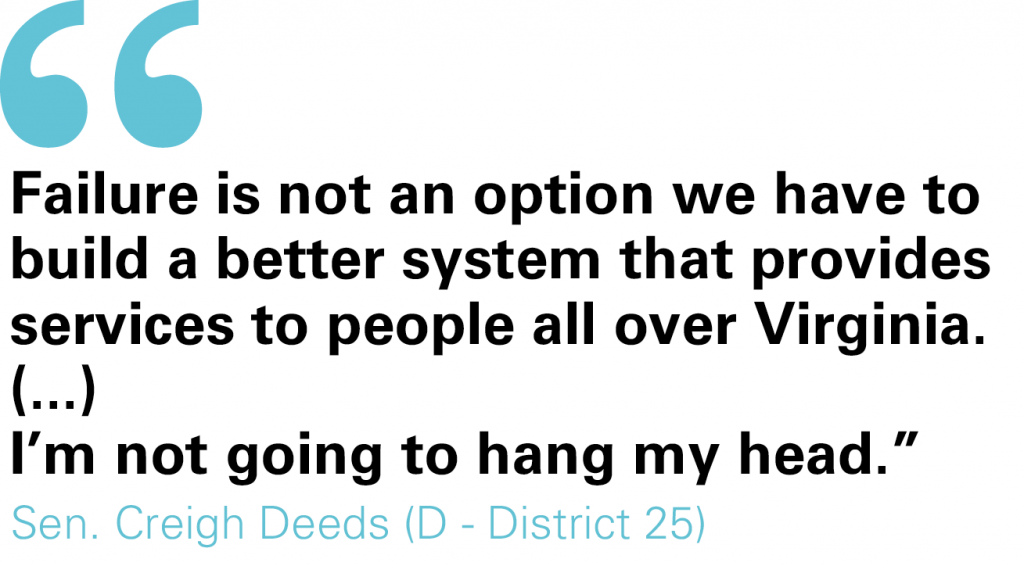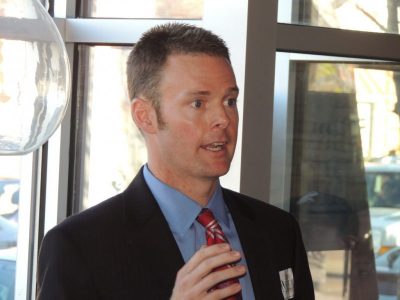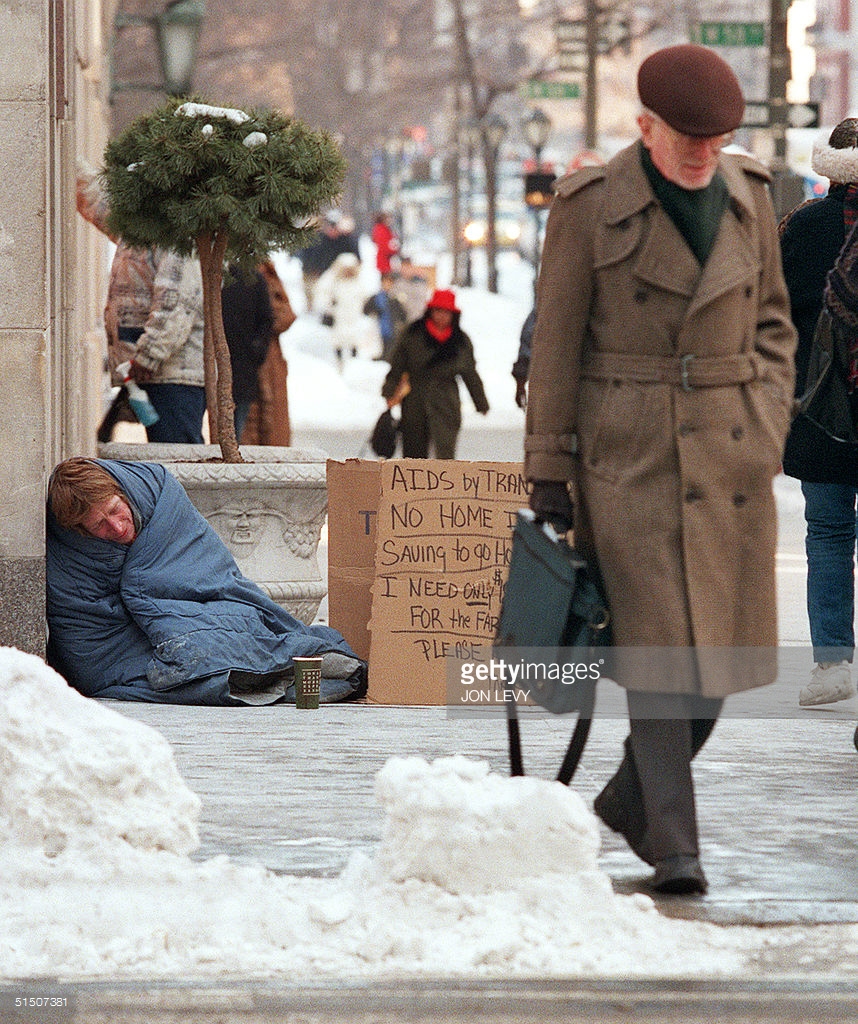(1-15-17) The viral video footage of a woman, clad only in a hospital gown, being literally dumped on a Baltimore street by University of Maryland Medical Center (UMMC) employees last week in freezing temperatures outraged viewers.
In a mea culpa press conference, the hospital’s top official, Dr. Mohan Suntha, declared: “We take full responsibility for this failure,” and left the impression that patient dumping is rare and a freak occurrence.
Sadly, that’s just not true. It has been going on for decades and now hospitals are not the only ones finding creative ways to rid themselves of poor patients with serious mental illnesses rather than treating them.



 “As a society, we simply must do a better job in addressing mental illness. Far too often, police, the sheriff and prosecutors are asked to be the primary treatment providers for the mentally ill, and it should be obvious that we have neither the expertise nor the resources to adequately address the myriad of issues raised by mentally ill citizens,” Porter told the newspaper.
“As a society, we simply must do a better job in addressing mental illness. Far too often, police, the sheriff and prosecutors are asked to be the primary treatment providers for the mentally ill, and it should be obvious that we have neither the expertise nor the resources to adequately address the myriad of issues raised by mentally ill citizens,” Porter told the newspaper. (1-5-18) According to the
(1-5-18) According to the  Reporter Ben Finley, writing in the
Reporter Ben Finley, writing in the 

